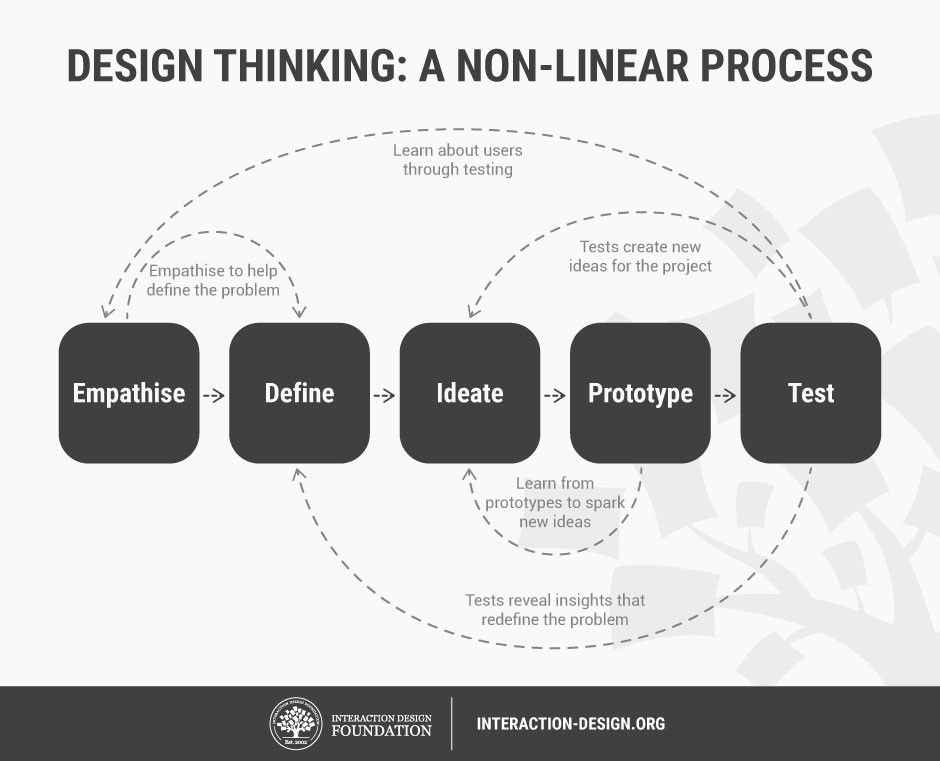Design Thinking, Step 1: Empathy
“It’s very difficult to design something for someone if you have no empathy.”
Stewart Butterfield
Empathy in Design Thinking: Why?
Ever unwrapped a gift?
That’s a rhetorical question, obviously—we’ve all torn into gift papers and bags with high hopes (an iPhone 10? A cozy handmade quilt patterned with our favorite emoji symbols? Those sleek black boots we REALLY wanted but which we couldn’t justify buying for ourselves? )
—only to force a fake smile for the giver’s sake before secretly consigning their present to the thrift store. (“Oh, thanks! I really needed a third pair of fuzzy koala slippers instead of killer boots I could wear any time anywhere to look amazing with minimal effort.”)
Now there’s nothing inherently bad about fuzzy koala slippers—quite the opposite, in fact.
But they’re not what you need right here, right now.
That’s the mistake many companies make.
Like your well-meaning friend (who even knew that you liked koala slippers!), their design and engineering teams jump straight into creating fresh, innovative products and services. They also talk to a few customers and clients to see what they like!
And yet…when their innovative new product launches, sales slump quickly. Or don’t even get off the ground in the first place.
Because even though it’s a useful, well-made product that the public SHOULD have loved…it’s not the innovation they need.
That’s why the first step in Design Thinking is Empathy.

Empathy in Design Thinking: What Is It?
In a word:
Empathy = Listening.
If your friend had listened to you when you mentioned seeing those boots at the mall, that perfect present would be in the box. You would be thrilled to pieces, and your friend would be congratulating themselves on their impeccable knowledge of you. It would have taken a bit more effort on their part, but the look on your face would be completely worth it.
Likewise, genuinely listening to their audience takes a bit more time and effort for engineers. It’s not the time to look at a few datasheets, ask a few questions of a few customers, and then get to work busily designing panda slippers (because, well, their market research showed that you like your koala ones so much!)
Instead, Design Thinkers put off their urge to create for just a bit longer.
Because even if you design the most beautiful, creative, ingenious product, maybe your customers needed something else the whole time.
And you’ll never know unless you ask first.
Empathy in Design Thinking: How Do I Start?
Most design teams have conducted some market research, so what differentiates the successful creators from the rest?
They listen actively, putting themselves in their listener’s place (sometimes literally!)
But you probably want more actionable details than that, so we’ve rounded up a slew of helpful resources detailing the how-to’s of effective, empathy-based customer research techniques:

New & Improved Empathy Map
Before anything else, make sure your team has a way to organize & record the scads of info they’re about to receive from your customers. Empathy maps are a classic, but searching “empathy map” tends to result in a dizzying array of versions, some much less helpful than others.
So to make sure we’re giving you the best, we went back to the creators of the original Empathy Map. They have a new, improved, and free template here!

4 Steps of Designing with Empathy
The four steps of Empathy (Discover, Immerse, Connect, & Detach) are simple, intuitive, and essential. Here’s a 5-minute-read explanation of them.

Conducting Interviews with Empathy
Interviews are integral to customer research—but only if they’re done right. So we’ve tracked down an excellent resource for making sure your interviews are productive & helpful: Techniques of Empathy Interviews.

The Essential How-To Guide of Empathy-Based Research
Now that you have your empathy map and the basic principles down, it’s time for the rubber to hit the road.
Interaction Design’s detailed guide to 7 effective empathy-based research methods, stuffed with helpful tips for conducting each one, is a fantastic breakdown that’s 100% worth the longer read. If you read nothing else in this list, read this!
With these tools, you’ll soon find yourself seeing through your customers’ eyes and thinking through their situation with them. Problems will come to light that you wouldn’t have noticed…or they wouldn’t have thought to mention…without your stepping into their shoes. (Or koala slippers.)
That’s when you realize that—even if they didn’t know to say it—they actually needed those amazing black boots the whole time.
And you’ll be the one to give them.
(At least, once you’ve assimilated all the data from your research and identified the real problem: Step #2 in the Design Thinking process.)